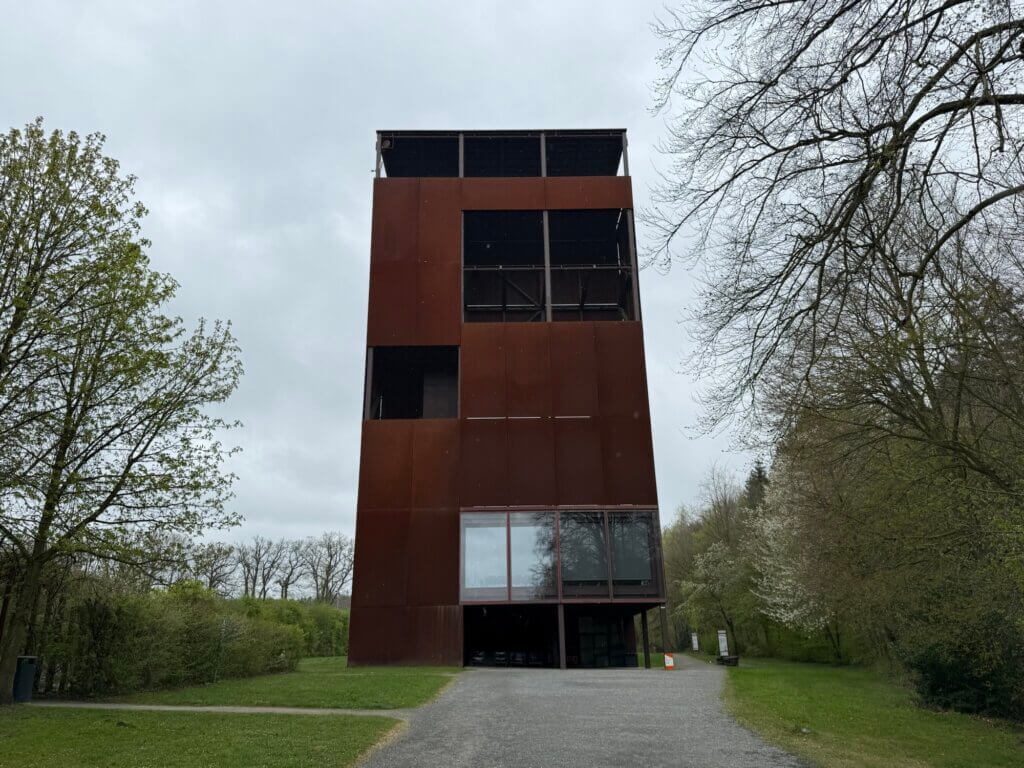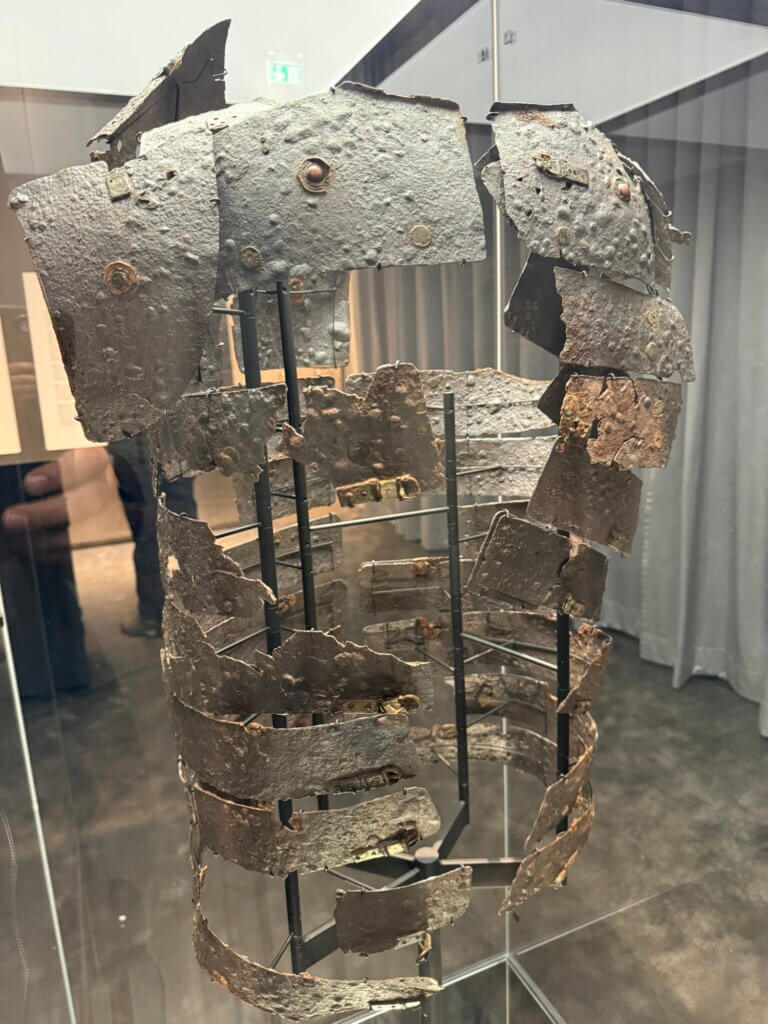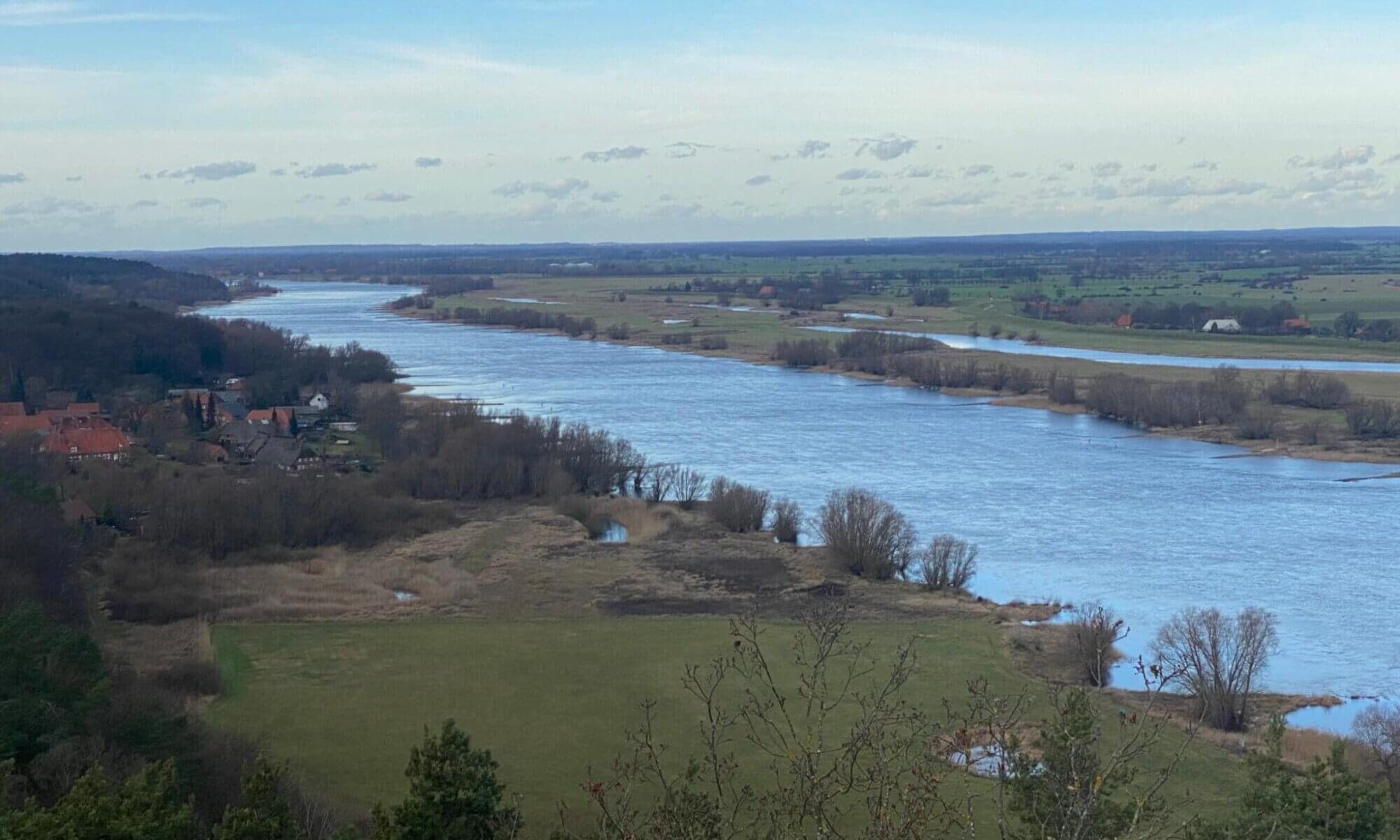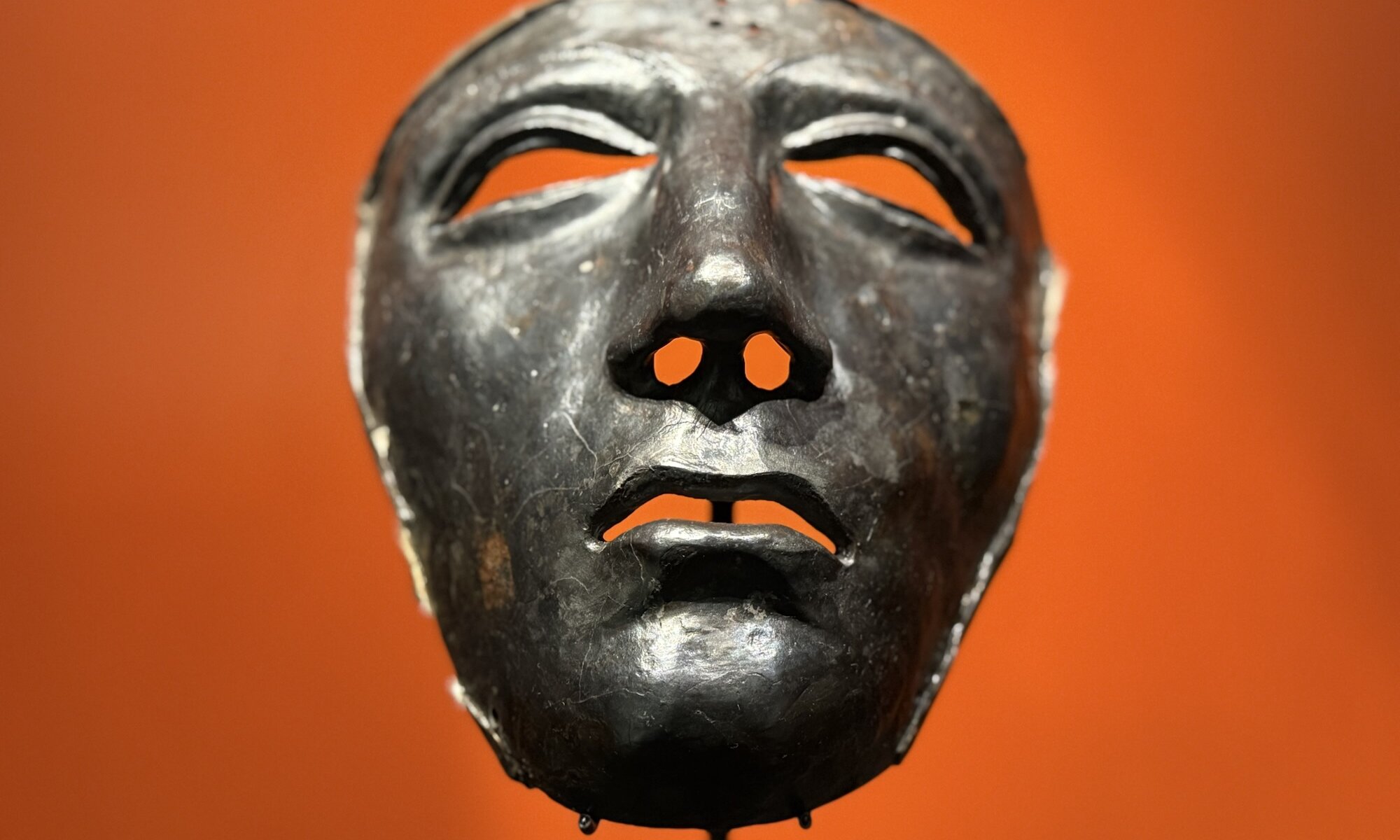The Varusschlacht, or Battle of the Teutoburg Forest, was a pivotal event in the Roman campaigns into Germania. From 12 BC to AD 16, the Romans attempted to conquer and integrate the lands between the Rhein and Elbe rivers into their empire, envisioning Germania as a new province. However, in 9 AD, three Roman legions under Publius Quinctilius Varus were ambushed and annihilated by Germanic warriors led by Arminius, a Cheruscan prince. This catastrophic defeat marked the end of Roma’s expansion into Germania and led Emperor Augustus to abandon plans for further conquest beyond the Rhein.



The rediscovery of Tacitus’ Annals at Kloster Corvey in the 16th century brought renewed attention to the Varusschlacht. Tacitus had described the aftermath of the battle and its location near the Teutoburger Wald, though geographical details remained vague. The publication of these writings sparked centuries of speculation about the battle’s exact site. It was not until archaeological discoveries in Kalkriese beginning in 1987 that compelling evidence emerged, including Roman artifacts and signs of conflict, confirming Kalkriese as a likely location.
The search for the battlefield was long and complex, with many sites across northwestern Germany proposed as candidates. Scientific excavations at Kalkriese revealed thousands of Roman items, such as coins and weapon fragments, supporting its identification as a key site of the battle. The terrain at Kalkriese – a combination of woods and marshland – matches descriptions of where Roman forces were ambushed and overwhelmed by Arminius’ forces.
Arminius (or Hermann der Cherusker) became a symbol of German resistance against foreign domination and later played a significant role in German nationalism during the 19th century. Celebrated as a hero who defended freedom from Roman imperialism, his legacy was immortalized in monuments like the Hermannsdenkmal near Detmold. This idealized image of Arminius contributed to shaping German national identity during periods of political unification.
Today, visitors can explore the Varusschlacht museum and park Kalkriese near Bramsche. The museum features engaging exhibitions about Roman-Germanic history, archaeological findings, and reconstructions of the battle. A 40-meter-high tower offers views of the former battlefield, which includes themed trails and interactive displays. The site also has a shop and cafeteria for convenience. It is easily accessible via public transport: take a train from Osnabrück to Bramsche and continue on bus 260 directly to the museum.
Varusschlacht im Osnabrücker Land
Fundort Kalkriese
Bramsche
Germany
Loading map...


